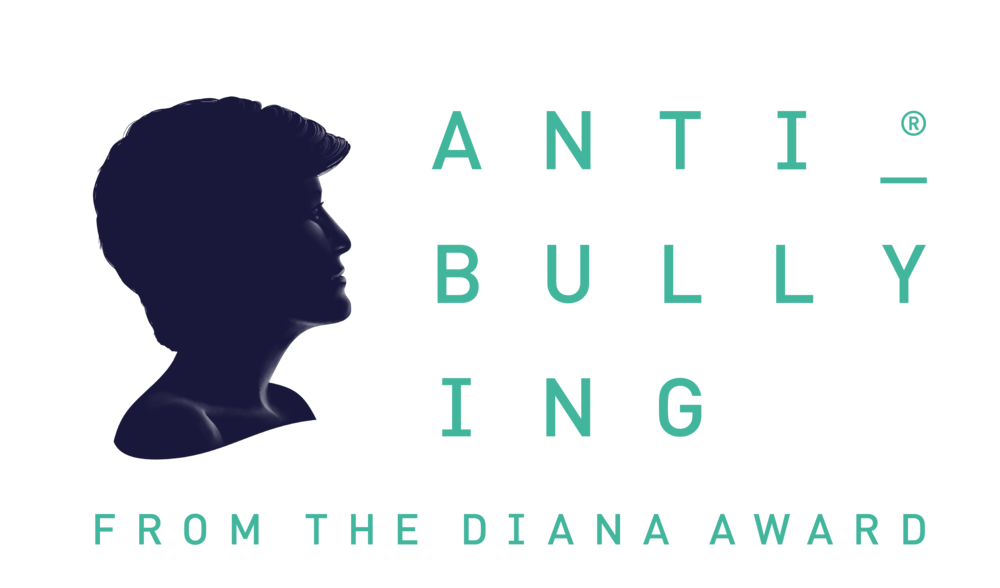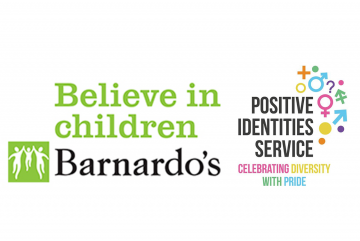What is HBT Bullying?
Homophobic, biphobic, and transphobic (HBT) bullying is an ongoing and deliberate misuse of power through repeated behaviour that intends to cause physical, social, and/or psychological harm to a person based on their LGBTQ+ identity.
By law, all state schools must have a behaviour policy in place that includes measures to prevent all forms of bullying among pupils. However, research has shown that whilst policies are important pieces of legislation to have in place, they do not necessarily eradicate an issue. School should be a safe place for every student, regardless of their sexual orientation or gender identity. But research by Stonewall (2017) has shown that:
Nearly half (45%) of lesbian, gay, bisexual, and trans young people have experienced HBT bullying.
In primary schools, 45% of teachers report homophobic bullying among pupils.
40% of LGBT young people have been the target of homophobic, biphobic or transphobic abuse online, and 97% see HBT content online.
Despite the scale of the problem, not enough schools are challenging homophobic, biphobic and transphobic prejudice. Only half of lesbian, gay and bisexual pupils report that their schools say homophobic bullying is wrong.
What Can schools do?
In addition to having anti-bullying and anti-discrimination policies in place, schools need to ensure that they keep on top of HBT-Bullying.
Here are some top tips:
Remind children how hurtful homophobic, biphobic, and transphobic language can be. It’s important to tackle derogatory terms used to describe LGBTQ+ people, but casual comments, such as describing a negative situation as ‘gay’, are also damaging. 90% of students have used the word ‘gay’ in a negative context. In schools where students frequently hear homophobic language, 68% of LGBT pupils are bullied, as opposed to 37% in schools where homophobic language is rarely or never heard.
Avoid gender stereotyping: telling someone to ‘man up’, ‘grow a pair’ or ‘be more ladylike’ can not only be upsetting, but it can also reinforce the idea that gender is binary and girls and boys must act in certain ways because of their gender. Read more about gender sterotyping here.
Teach pupils to challenge homophobic, biphobic, and transphobic language. Actively challenging it is a small, powerful step against LGBTQ+ prejudice.
Teach pupils to celebrate differences while emphasising the importance of tolerance, open-mindedness, and compassion. If a child knows they should behave kindly towards someone else, regardless of differences, they’re unlikely to engage in HBT bullying or allow it to go on unchallenged.
Information provided by: https://parentinfo.org/article/tackling-lgbt-bullying-at-school
PSHE ASSOCIATION
The PSHE Association is working with the Government Equalities Office (GEO) on its anti-HBT bullying project. The project aims to reduce the incidence of HBT-bullying in primary and secondary schools in England by transforming the culture of how schools prevent and respond to HBT bullying.
Check out the links below to find out more!




